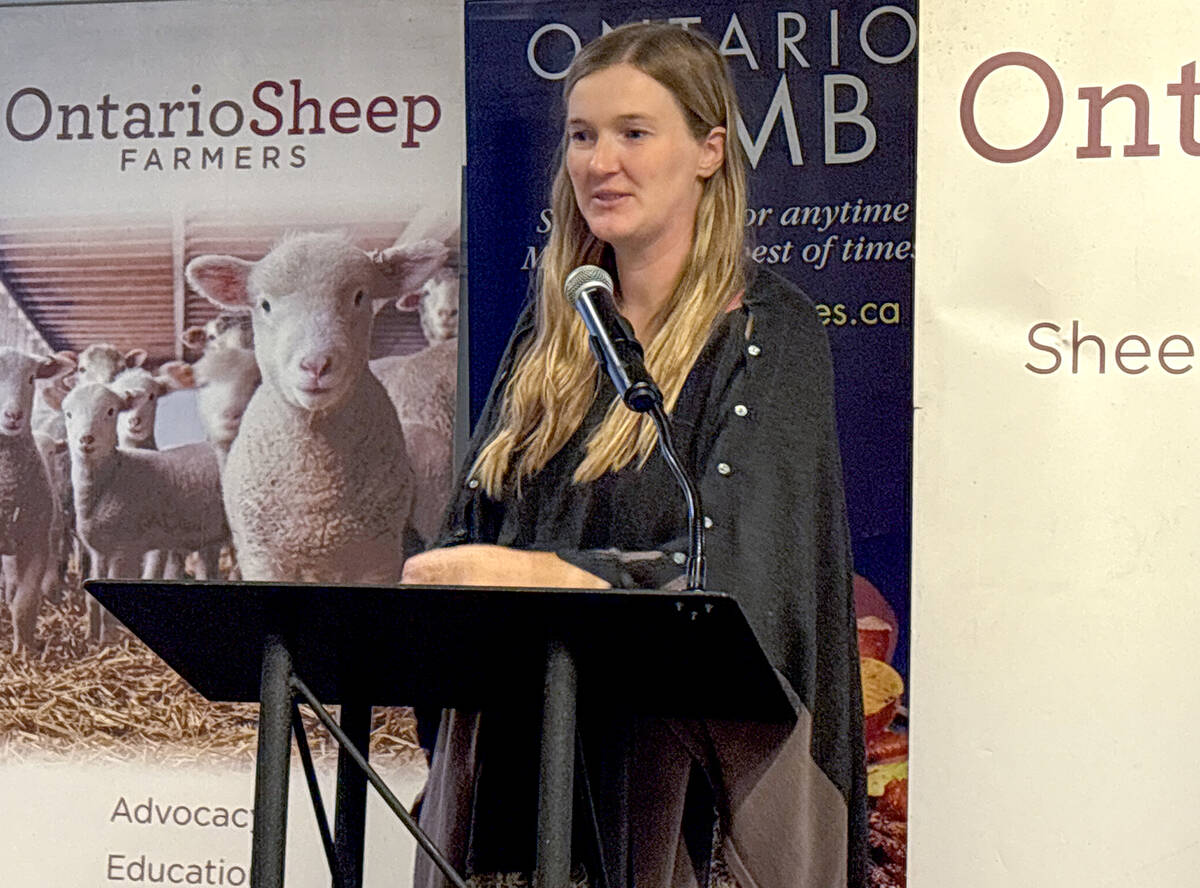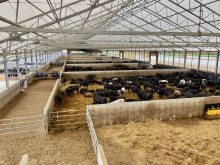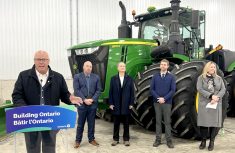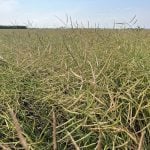Glacier FarmMedia – If Ontario beef producers feel they are getting squeezed into losses despite high beef prices, new analysis indicates they could be right.
But it isn’t the grocery retailers who are gobbling up the profits, analyst Kevin Grier’s work suggests. Both ends of the beef supply chain are getting squeezed hard, while the packers have been raking in money.
“Ontario farm margins have been pressured lower and into loss position due to high grain prices and steady to lower cattle prices,” says the analysis, conducted by Grier for Beef Farmers of Ontario.
Read Also

Footflats Farm recognized with Ontario Sheep Farmers’ DLF Pasture Award
Gayla Bonham-Carter and Scott Bade, of Footflats Farm, win the Ontario Sheep Farmers’ 2025 DLF Ontario Pasture Award for their pasture management and strategies to maximize production per acre.
Why it matters: When one area of the supply chain increases its profitability well above another, it usually means hardship for another part of the supply chain.
“Ontario cattle feeders have been in a near consistent loss position through most of the research period. … Retailer margins must have been under sharp downward pressure during the past two years or at least in 2021,” the analysis says.
“Ontario packers, on the other hand, have benefited from very strong beef demand, which pulls the cutout very high. They have also gained from market-driven supply-demand and unusual circumstances, which have pressured cattle prices lower. The combination of the beef price increases and the cattle price stagnation resulted in exceptional margin performance.”
Grier said a number of the circumstances affecting cattle producers, cattle feeders, retailers and packers extend across the North American beef industry.
It’s been a frustrating time for cattle producers. Headlines list high prices for beef, which grab public attention, and U.S. President Joe Biden has also mentioned those prices repeatedly. Meanwhile cow-calf producers have struggled with losses or narrow margins due to high feed prices. The situation has been worse in Western Canada and some U.S. states where drought ravaged pastures and feed supplies.
Grier’s analysis shows that Ontario cattle producers and packers “moved almost in tandem together” in terms of price relationships between 2010 and 2017, but then sharply diverged.
“Ontario beef packer margins are estimated to have moved from normal levels in 2016-2018 to very profitable in 2019 and to exceptional profitability in 2020-21,” said Grier, noting that similar margins were experienced across the continent.
“Retailers have not been fully passing along the increased beef cut-out costs. Instead, retailer margins on beef have likely been shrinking over the past two years, at least.”
Grier’s analysis suggests that the farmer share of retail prices has fallen from 41 per cent to 39 per cent, the retailer’s share has fallen to two per cent from eight per cent, while the packer share has risen to 59 per cent from 51 percent.
The cause of this sudden weakness for farmers and retailers includes “basic supply and demand factors” as well as “unusual events” such as a major Tyson packing plant fire and the numerous impacts of the pandemic.
Prices have increased for farmers and retailers, but much slower than for the packers, and often more slowly than costs have increased.
That means consumers looking at high beef prices shouldn’t blame farmers.
“There is no basis to assert that farm prices are the cause of high retail prices,” said Grier.
– This article was originally published at The Western Producer.














